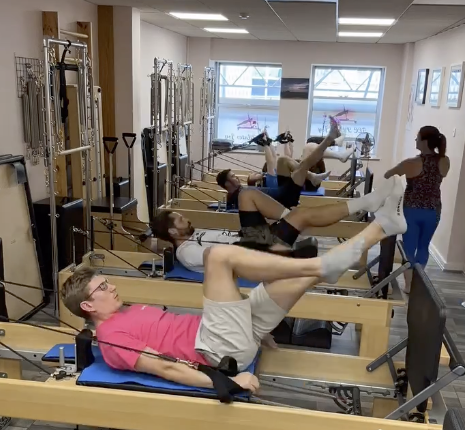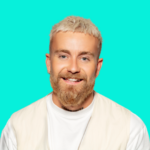At Snap we believe in nurturing a vibrant company culture. This year, we’ve seen a remarkable statistic at Snap: our average sick day per colleague is just 0.1 days year to date. While this number is impressive, it’s more than just a statistic for us. It’s a reflection of our commitment to a positive and supportive work environment. In this blog, we explore how a great company culture can lead to fewer sick days, backed by UK data and our experiences at Snap.
The Link Between Company Culture and Employee Health:
A study by the Chartered Institute of Personnel and Development (CIPD) in the UK has shown that work-related stress, depression, or anxiety accounts for a significant percentage of work-related health issues. This is where company culture plays a crucial role. At Snap, we’ve created an environment that prioritises employee well-being, encourages open communication, and fosters a sense of belonging. This approach not only enhances productivity but also significantly reduces stress and anxiety among our team members.
Our Approach at Snap:
Flexible Working Arrangements: We’ve embraced flexible working arrangements long before they became a necessity. This flexibility allows our team to balance work with personal life, reducing burnout and stress-related absences.
Mental Health Support: Mental health is a priority at Snap. We provide resources and support for mental well-being, understanding that a happy mind is crucial for a healthy body.
Building a Supportive Community: Our team is not just a group of colleagues; we’re a community. Regular team-building activities and open forums for sharing and support help in creating strong bonds within the team.
Encouraging Physical Health: We promote physical health by providing weekly Pilates sessions and understand that fitness has a direct impact on reducing sick days.

The Impact of Our Culture:
The result of our focus on culture is clear in our sick day statistics. With an average of just 0.1 sick days per colleague this year, we are significantly below the UK’s national average, which, according to the Office for National Statistics, has typically ranged around 4 to 6 days per employee annually. This is a testament to the effectiveness of our approach.
Why This Matters:
Fewer sick days mean more than just uninterrupted productivity. It’s a sign of a healthier, more engaged, and happier workforce. Employees who feel cared for and supported are more likely to be committed and bring their best selves to work.
To round up:
At Snap, we’ve seen firsthand how a positive company culture can lead to tangible benefits, including fewer sick days. This approach is not just about reducing absenteeism; it’s about creating an environment where our team can thrive both professionally and personally. We believe that our experience can serve as a model for other companies looking to foster a healthier, more productive workplace.







